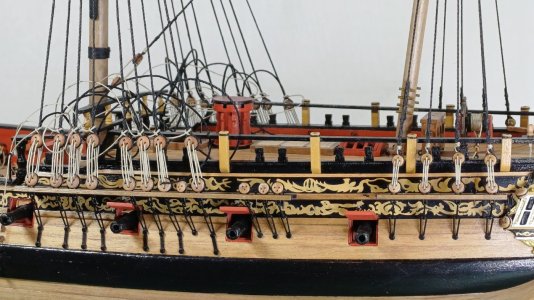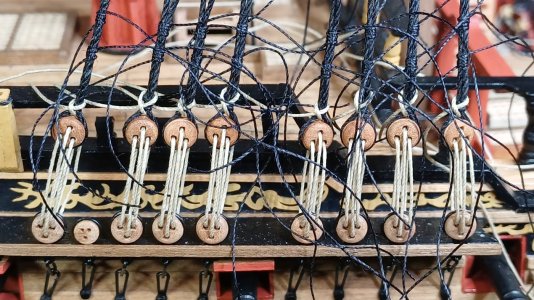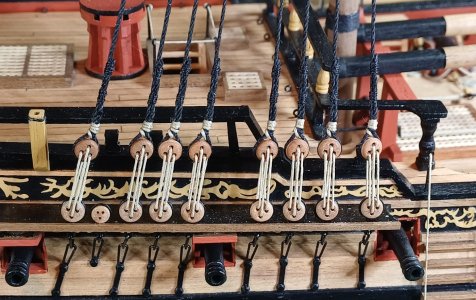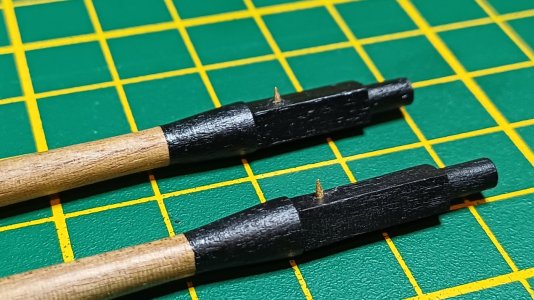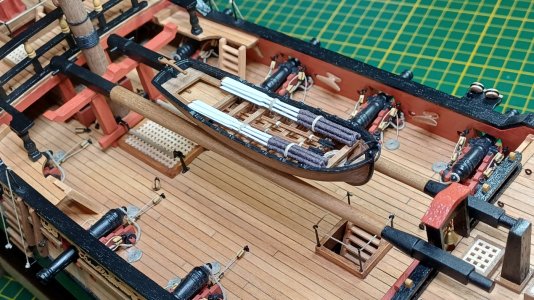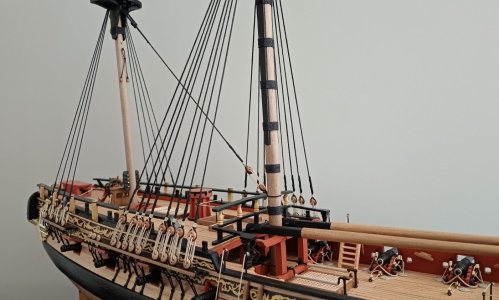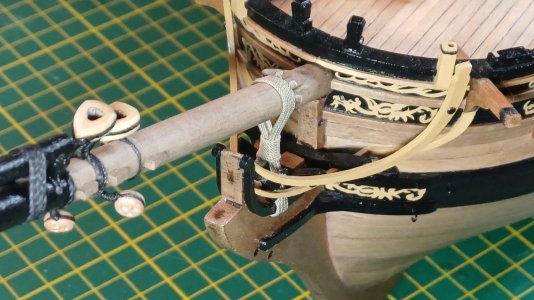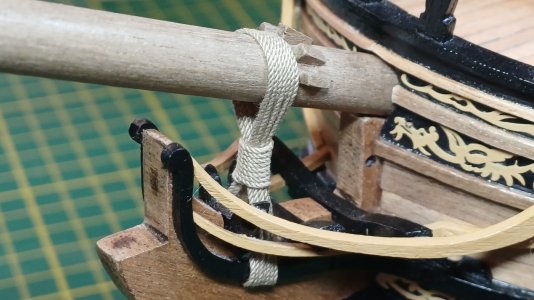Hi Robert, you are most welcome, I am glad to hear that I have been of some help given that I have received so much help from this forum myself. Part 288 was a mystery to me as well. It arrived in the kit wrapped in a plastic sleeve like this:Hi Nomad, thank you for this thread with images which show your progress in such a detail. I am working on my first model (Pegasus) and your images concerning the construction of tha bow helped me. In my kit the manual states that part 288 is white metal, but I could not find it. It seems, you made it from spare wood. Very helpful, thanks again!

It is quite a solid piece of metal and it didn't make much sense to try and massage it into the shape required for the Eking Rail, which is why I opted for a wooden replacement that, even for me, was not that difficult to manufacture
I am also glad to hear of another Pegasus build in progress. Will you be creating a blog for it?




